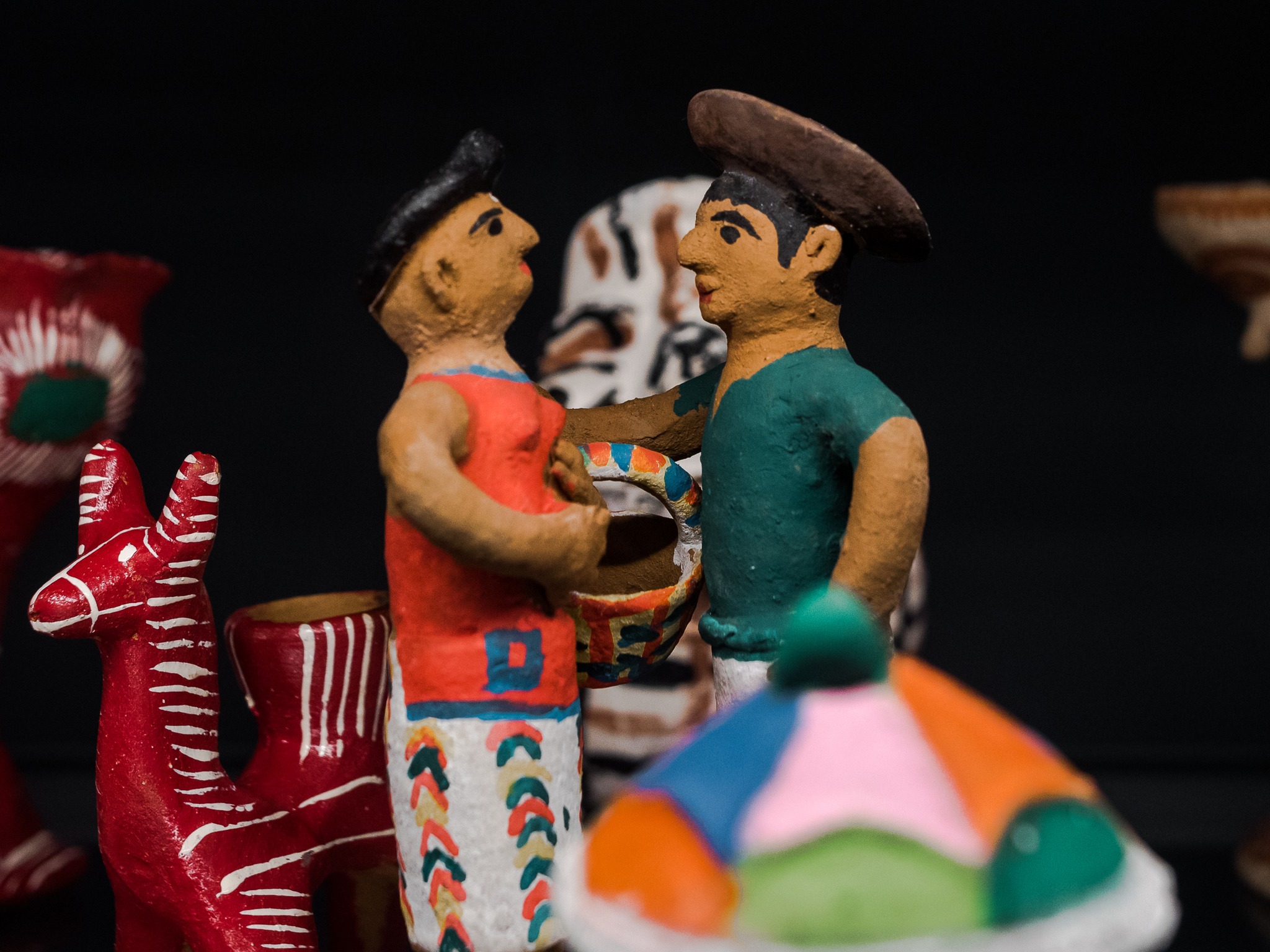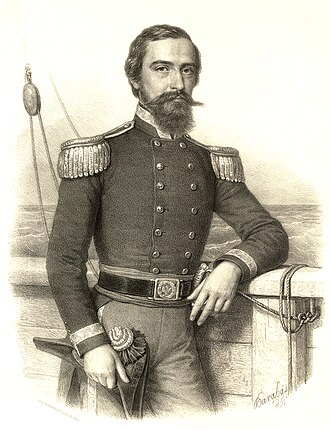The exhibit spans a thousand years.Continue reading

Every year, the Museum of Ethnography celebrates its birthday on March 5. On this day in 1872, John Xantus de Vesey (born János Xántus) was appointed Director of the Ethnographic Department of the National Museum. This is how the Museum of Ethnography came into being. The two and a half thousand objects first inventoried were, of course, from John Xantus de Vesey’s expedition to East Asia, laying the foundations for the museum’s international collection.
To mark the 152nd anniversary, visitors can see every corner of the museum in a series of exciting free programs, writes Magyar Nemzet. Opening of the storerooms, curatorial guided tours, concerts, theater, book presentations, museum education, and building tours will all add to this special day.
It is also a long tradition that new temporary exhibitions open on this day.
This year, the exhibition “Together. Inaktelke photos 2000-2002” and two other chamber exhibitions, “Source and Creativity” and “Let us pay attention to our people’s reading!” await the public.
The exhibition “Together. Inaktelke photos 2000-2002” presents the life of a village in Țara Călatei (Kalotaszeg, a region in Romania) and the community relations that run it. The aim of the exhibition is to draw attention to the little-known values and complex meanings of ethnographic field photography and its multiple interpretations, thereby highlighting the role of images as illustrative rather than documentary field photographs. The focus is primarily on everyday life, the relationships that sustain and operate the community, the relationship between the individual and the community, and the norms and rules of the community.
The chamber exhibition “Source and Creativity,“ based on the experiences of recent years, explores how the museum, its collections and the artifacts, become a source of creativity. Also part of the exhibition is the Motif Creator app, allowing visitors to create their own visual artwork inspired by the ornamentation of the ethnographic museum’s artifacts.
The language, distribution, and readership of the chapbooks, dating from the second half of the 19th and the beginning of the 20th century, are an important reflection of the cultural conditions, social norms, and literacy culture of the time. The chamber exhibition “Let us pay attention to our people’s reading!” presents a selection of the secular chapbooks in the collection.
To mark the occasion, the museum is also launching a long-term project.
The initiative entitled “It is not lost, it is transformed,” is linked to the Ceramics Space. The showroom, which is free to visit, features contemporary ceramics inspired by the artworks on display.

Figures on display in the Ceramics Space. Photo via Facebook/Néprajzi Múzeum
Detailed information on the program is available on the website.

Portrait of John Xantus by Miklós Barabás (1861). Photo via Wikipedia.
Via Magyar Nemzet; Featured image via Facebook/Néprajzi Múzeum